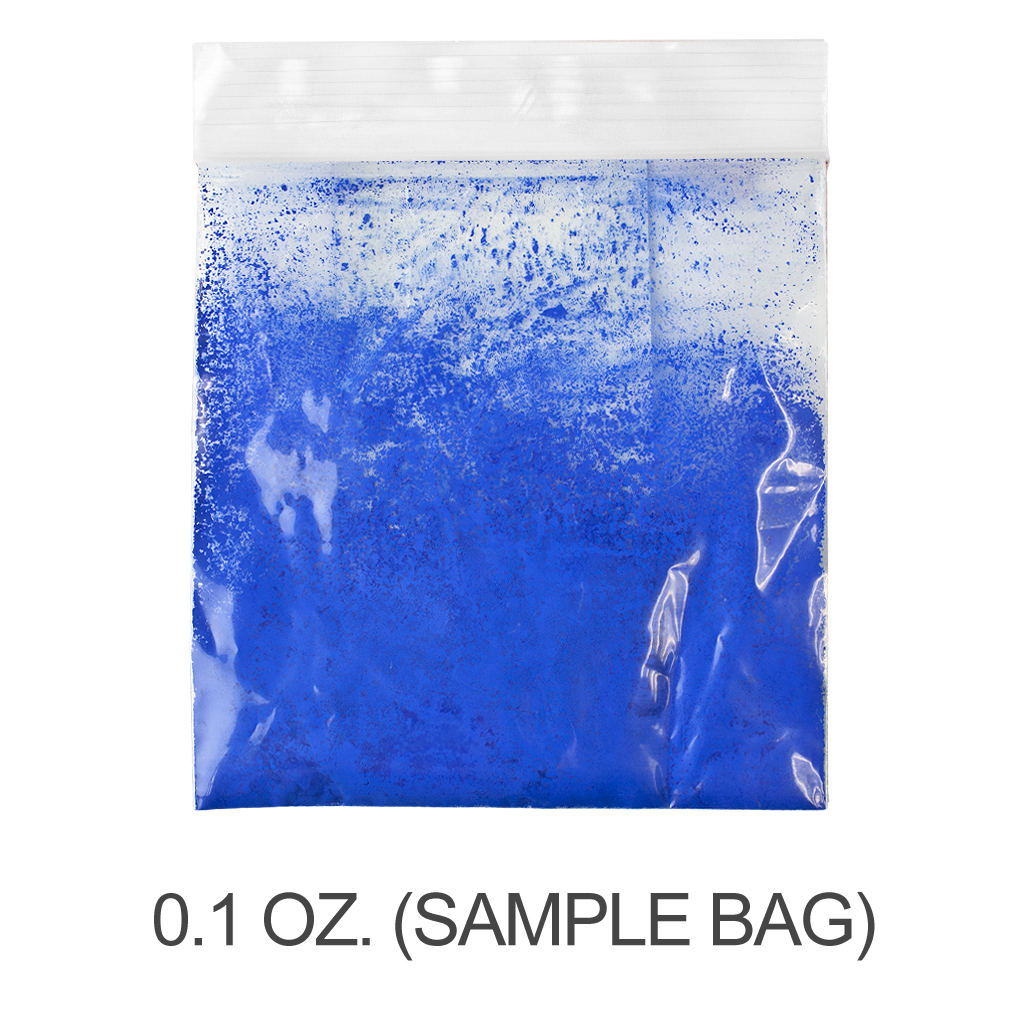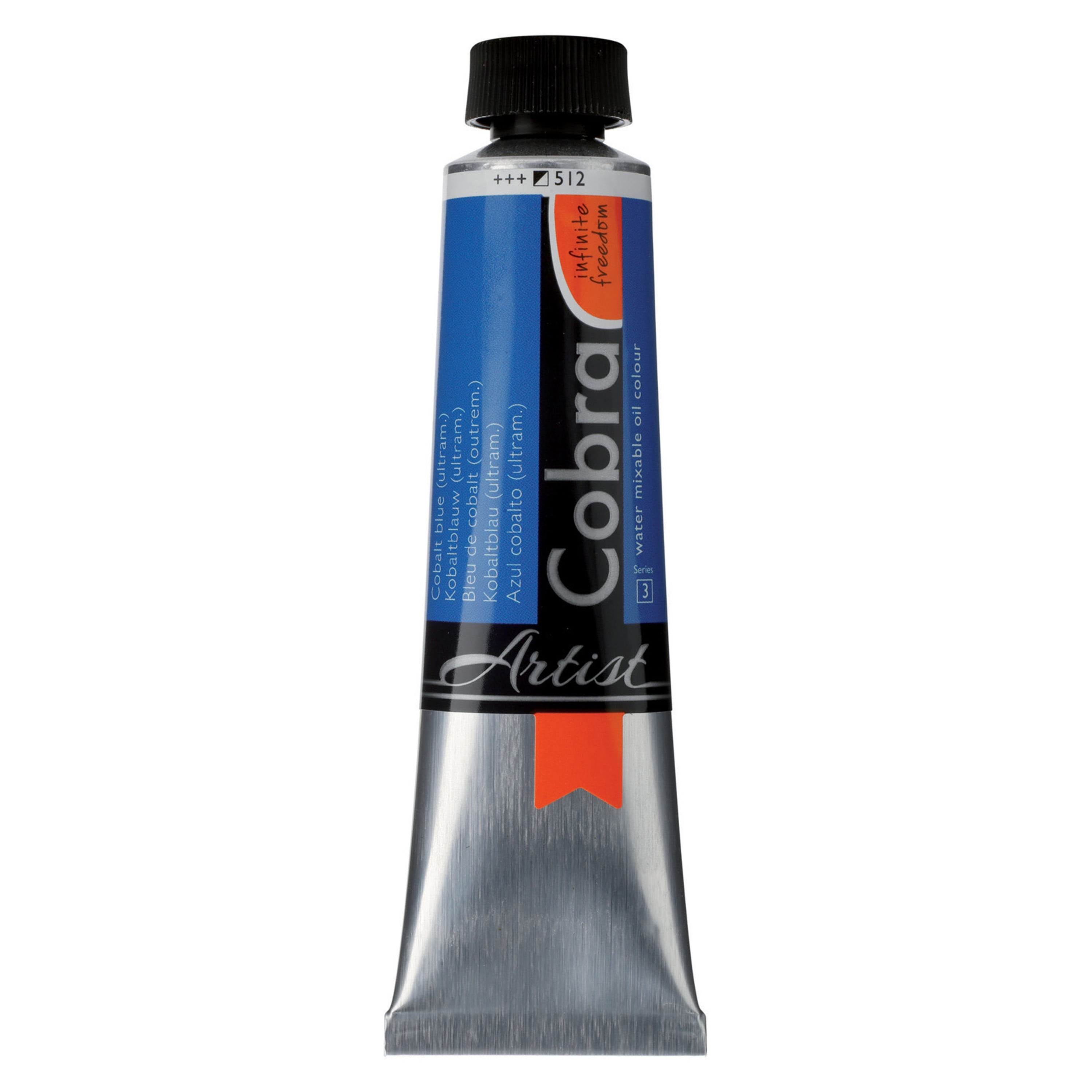

Ultramarine is transparent Cobalt is semi-transparent. Cool colors like to recede in a painting, so Cobalt may work better for shadows and background blues, while Ultramarine prefers attention. Ultramarine is typically warmer Cobalt tends to be cooler. Graham Cobalt it is more vibrant than W&N, especially in earth tone mixes, but Cobalt still can't compare to the excellent mixes that I get with Ultramarine. You can see in the Cobalt swatches above that the Daniel Smith sample dot was barely enough to paint a swatch. I'm interested in experimenting more with DS cobalt, though it will have to be at a later date another tube of Cobalt just isn't in my budget this month. It's also more affordable than W&N (plus plus). It looks a lot stronger on paper than W&N (con: not as easy to do smooth glazes and washes) but holds up pretty well in a mix (plus).

So far, my favorite Cobalt in mixes has been M. I rarely use any pigment straight out of the tube but prefer to adjust it or "dirty it up" a bit. Because of this, I was hesitant about giving W&N Cobalt a permanent place in my palette, so I experimented with a few more brands.

It's so delicate that it quickly went washy, even with very little water. PB28 is a more expensive pigment, so PB29 or other blue pigments are substituted to lower cost. This can be confusing for a beginning watercolor artist and is a perfect example of why it's important to ignore manufacturer names and learn to be a label reader.Īs much as I enjoyed playing around with Winsor & Newton cobalt, I noticed that it didn't perform well in mixes. Many cobalt hues and student-grade "cobalts" use PB29 which is the typical pigment in Ultramarine. All of the Cobalts below are PB28 except for Grumbacher Academy's student-grade C obalt Hue, which really looks more like an ultramarine because it is. (I know, tricky. Since then, I've played a bit with various cobalts. W&N Cobalt turned out to be a lovely, clear, soft shade of blue and has worked much better than Ultramarine for capturing these misty mountaintops and snow-dusted hills. Quite pricey, but the best I could do in a pinch.
COBALT ULTRAMARINE CODE
This pigment code stands for Pigment Blue #28, which is the standard blue pigment used in cobalt watercolor.
COBALT ULTRAMARINE PROFESSIONAL
I trekked down to the art store and grabbed the smallest tube of artist-grade Cobalt I could find (oh when will you paint manufacturers sell over-the-counter testers?!?!), Winsor & Newton Professional (PB28). (And I'll get to those below in Cobalt vs Ultramarine: What's the Difference?) Being familiar with some of these characteristics, I thought that cool Cobalt might work better as a go-to mountain blue. I wanted to try Cobalt because so many artists compare it to Ultramarine. When I recognized that Ultramarine wasn't working for me here, I immediately sought out Cobalt.


 0 kommentar(er)
0 kommentar(er)
